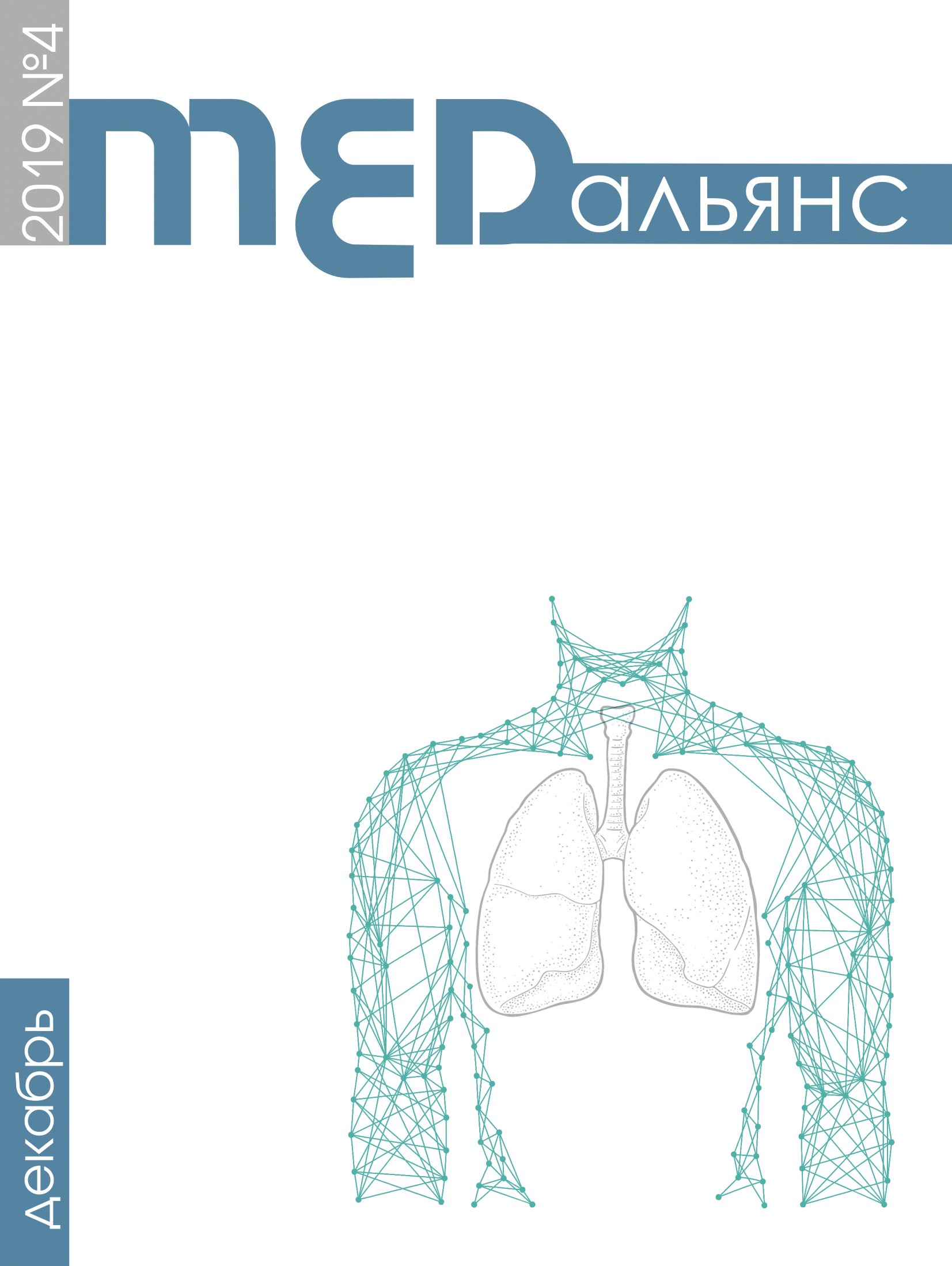Abstract
Introduction. According to the literature the interest of researchers to the problem of surgical treatment of large joints tuberculosis is not reduced. The issues of the effective use of cement spacers with antibiotics in the treatment of advanced arthritis remain relevant. Objective: to study the effectiveness of articulating antibiotic cement spacers used in reconstructive surgery in staged surgical treatment of tuberculous coxitis. Materials and methods. The results of surgical treatment of 66 patients with stage 3 of tuberculous coxitis were studied and compared. 45 patients (group 1) underwent staged surgical treatment. During surgical debridement the implantation of articulating polymethylmethacrylate spacer impregnated with vancomycin and / or gentamicin was performed. 21 patients (group 2) underwent only surgical debridement without implantation of spacers. Criteria for the inclusion of patients in the study were: verified diagnosis of tuberculous coxitis by bacteriological and / or morphological studies; unity of the surgery place; continuing tuberculosis treatment started no later than 1.5 months before surgery. After 1 month and on average after 7.9 months the intensity of pain in the joint was studied; the duration of surgery; average intraoperative and perioperative blood loss; the frequency of exacerbations of the inflammatory process in the area of the affected joint; changes in the spatial relationship of the femoral and pelvic bones during the treatment stages; hip function by the Harris Hip Score. The results. Before the operation, the intensity of pain in patients of both groups did not differ. The implantation of the spacer in patients of group 1 increased the duration of the operation by an average of 19 minutes and contributed to a significant reduction in the level of pain during all periods of the study. Exacerbations of the inflammatory process in the surgical site were observed in 1 patient in group 1 and 4 patients in group 2, p<0.05. After 7.9 months after surgery, the proportion of patients with disorders recorded by Hartofilakidis G. as types II and III in group 1 was 8.9% (n=4), in group 2 it remained high: 42.9%; (n=9); p<0.05. The increase in the functional rating by the W. Harris scale in patients in group 1 was 3.0 times greater than that in the patients in group 2. Conclusion. The implantation of spacers with antibiotics during the staged surgical treatment of advanced tuberculous coxitis allows to reduce the intensity of pain in the area of the affected joint, reduce the frequency of exacerbations of the inflammatory process, eliminate the existing spatial impairments of the bones of the joint and increase its functional viability, thereby facilitating the implementation of the subsequent operation of total arthroplasty.

